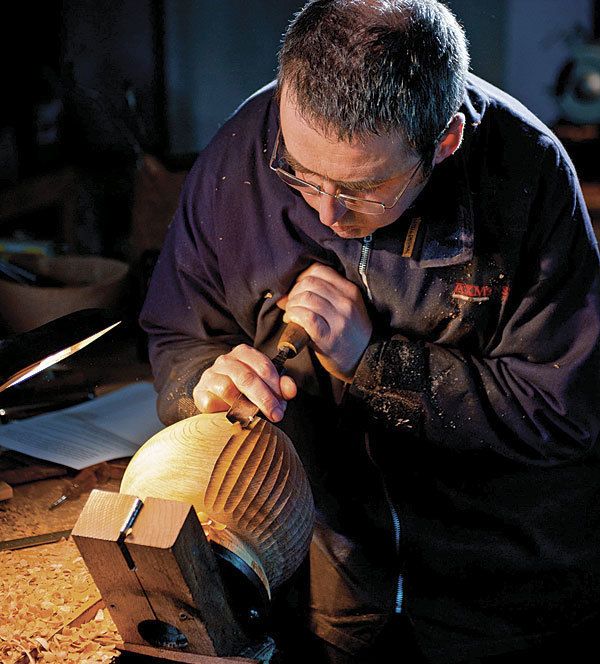
Synopsis: See how Liam Flynn creates his beautiful vessels, both on and off the lathe.
The beautiful overall shapes Liam Flynn creates on his lathe immediately draw the eye. Yet much of what makes his vessels so memorable happens afterward. The signature double lip found on many of his pieces is made on the lathe but modified at the workbench. And all the fluting is done with the vessel off the lathe. A lathe by nature generates perfectly symmetrical forms, but Flynn has found a way to produce turned vessels that are equal parts symmetry and asymmetry, perfection and imperfection. He may be aiming to find “the perfect line,” but while he’s pursuing it he lets the irregularities of work done by hand and by eye become part of the composition. Flynn turns and carves his pieces while thewood is still green—he chainsaws the blanks from sawlogs—so there is always some distortion of the overall shape as the piece dries. To minimize distortion, he cuts out the blank so that the vessel’s height is oriented perpendicular to the length of the log. He often turns the vessels from English oak (American oaks would be suitable, too), and he uses the prominent medullary rays as a guide while he’s roughing out the turning: If he has it oriented properly, the rays should form vertical lines on two sides of the vessel.
Flynn begins a piece by screwing his blank to a faceplate and turning the outside form down to within an inch or so of the foot. Then he hollows the inside and creates the double lip.
Now comes the carving. Flynn takes the vessel off the lathe but leaves it screwed to the faceplate— which he uses to help hold the vessel for carving. With most of the carving complete, Flynn removes the faceplate and mounts the vessel between centers to finish turning the foot.
From Fine Woodworking #227
For the full article, download the PDF below:
Fine Woodworking Recommended Products
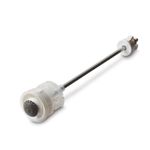
CrushGrind Pepper Mill Mechanism



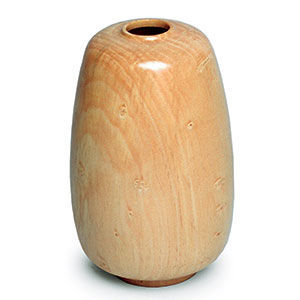
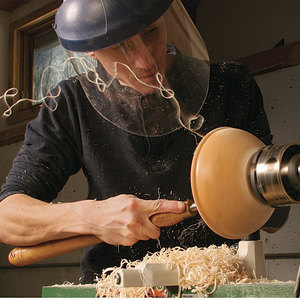
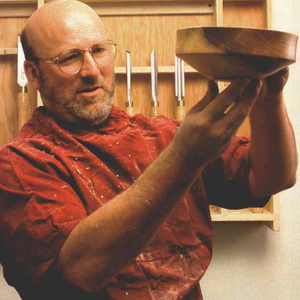







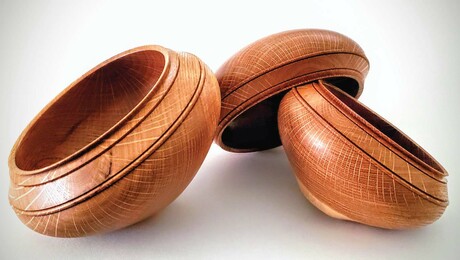








Log in or create an account to post a comment.
Sign up Log in